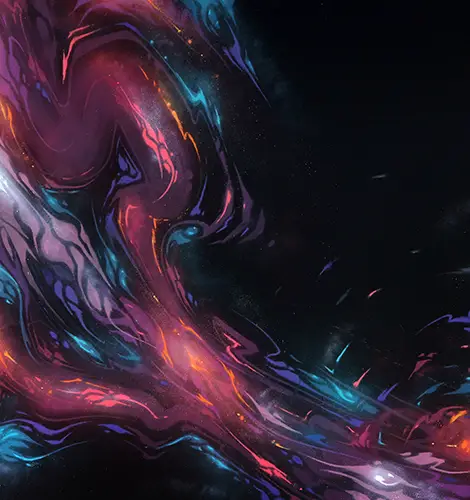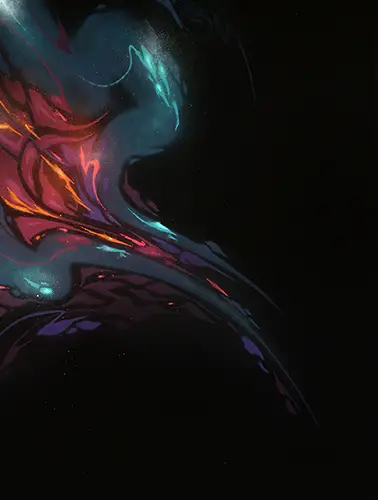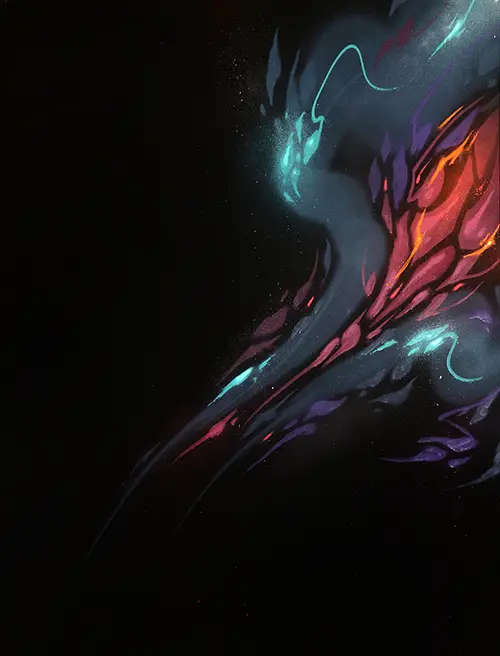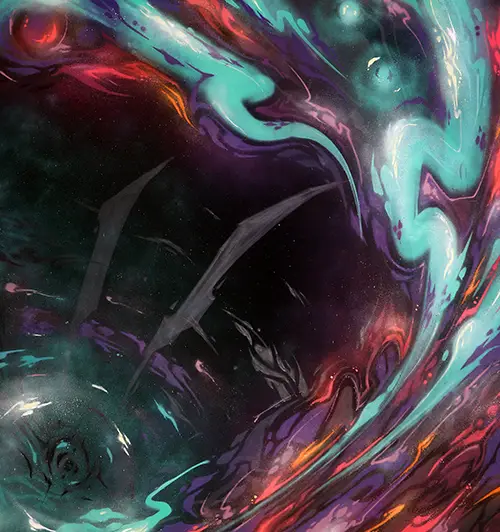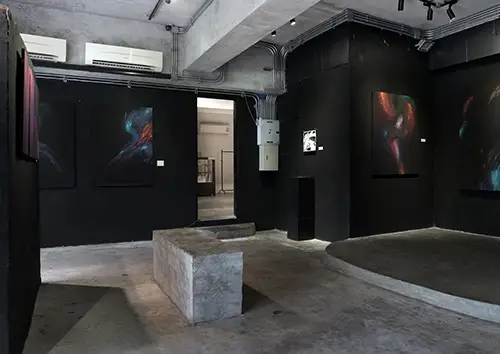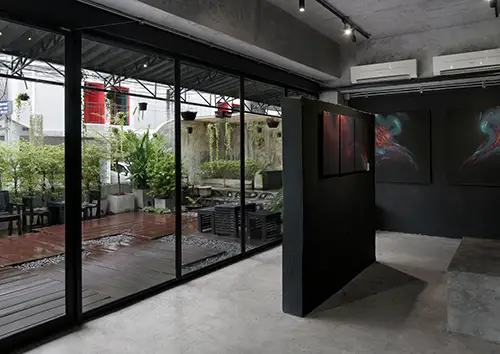Benjamin James Knock is an Australian graffiti street artist better known by his tag name KNOCK. In this interview he talks about the concepts behind his street art, the world graffiti movement, and “Diluvium,” his latest exhibition at Midnice Gallery in Bangkok, Thailand.
A philosophical chat about graffiti, art, aesthetics, and perceptions
When did you realize you like drawing?
As long as I can remember I’ve been drawing, I think it first started from constantly travelling as a kid and using it as away to escape the constant transit and fleeting surroundings. Also definitely a way to document what I saw and try to understand how it worked by deconstructing things visually on paper. I still have boxes and boxes of sketch books from the last 20 years stashed in my mum’s attic.
How did you make the change to street art?
I started out writing KNOCK at the age of 13, just a young vandal really writing my name and painting characters everywhere around my neighbourhood. Then at around 17 things progressed rapidly, as the money I made from art started to grow so did the addiction of going out painting the streets day and night. Now becoming my profession as well as my hobby, things have evolved to the point of being able to travel around the world and paint. It’s nice to not forget where you started and everything/everyone who helped you to where you currently are.
Graffiti is seen by some as simply urban vandalism. From your experience, what is the situation in Europe where you have lived and worked.
Graffiti itself isn’t created for the majority of society, it’s usually made with the subconscious intention of personal expulsion, the thrill of the act itself or just general destruction. With the rise of street art over the last decade, people have decided they like the aesthetic of one aspect but don’t like the other. To put it in perspective, people see urban vandalism every day in the form of legal advertising and don’t blink an eye just because the legal system tells us its ok they payed for it.
I like the scene in Europe because they have come to terms with it and have accepted that it’s not a battle that can be won. I personally think that people who don’t like the vandalism aspect will just have to deal with it, it’s part of the same package. Next time you see a billboard or sign telling you to drinking Coke or to buy material possessions you don’t need have a think about it.
How about graffiti in Asia? Is the movement well represented in Asian countries?
I like the scene in Asia more due to the fact of the surfaces themselves being not as sterile as other parts in the world; there’s so many good textures and layers to try to compliment within whatever the specific piece may be. Also the techniques of yesteryears Oriental creatives are really different and refined, I have always found it super interring and wanted to learn. Recently I spent three months in the mountains of Japan learning traditional “Hanga” – Japanese woodblock printing; it was an eye opener and opened up many different ways of thinking that travelled to other mediums as well.
How about your native country, Australia?
Currently I call Melbourne home due to the amazing painting scene here; I don’t really know if I have a native country due to the constant country hoping throughout my childhood and now.
You are known by the tag KNOCK. What does it stand for?
I liked the letter structure when I was really young and didn’t really know what letter structure even was but it kind of just stuck. Having the letter K on each end and the letter O in the center creating symmetry is pretty handy when painting abstract letters.
What is your graffiti character?
I don’t know if I have a “Character” per say, I just paint what I’m feeling at the wall. If I’m painting something, I don’t usually use a sketch or prior design because then it becomes too filtered and you loose some of the raw creativity that could have been achieved otherwise. It’s more enjoyable to feel than to think when painting for personal reasons.
Where do you get your inspiration from?
It’s always hard to say; I always had an obsession for flora and fauna and how they work from a molecular level to a species as a whole. This has definitely been a major factor in many aspects of my life. Also I think my obsession for old stylized Japanese animation has definitely played a huge roll in the aesthetics of my work.
Tell us more about your exhibition at Midnice Gallery in Bangkok.
To put it simply, my most recent body of work “Diluvium” is mostly large scale paintings entertaining the visual representation of forces that power our planet. For example the weather cycles, tectonic composition and lights source that sculpt terra firma and the inhabitants (human beings) that call it home. I had fun when creating the body using a range of vibrant colours and heavy movement lines to show my interpretation of certain aspects of our worlds rapid changes.
In 2014 you had your first exhibition in Bangkok. What made you come back?
I’ve always stopped in Bangkok on my way to Europe every year to catch up with friends and paint, and always really enjoyed the atmosphere. Then my hombre LIMO put me in touch with Midnice Gallery and then it was kind of just a natural progression form there. I really like working with the team at Midnice. They are all super helpful and lovely, also exhibiting on black walls is a personal favourite of mine.
What are your plans for the future?
Many projects on the go at the moment: I have a show in Perth, Australia, in December which will be mostly wood block prints from my educational months of training in Japan; also I’m releasing a bunch of new textile work with a company called TETRIK soon, they have been a pleasure to work with and its been fun pushing the new technology of sublimation printing.
What kind of support do you need in order to bring your art to the next level?
This next year I will be trying out some new very large scale instillations for a few reputable festivals; all I can say now is sensory labyrinth.
